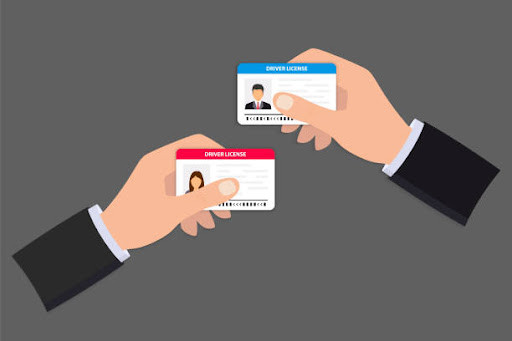Introduction
The automotive industry plays a crucial role in the global economy, serving as a driving force behind transportation and mobility. However, with the rise of fraudulent activities, including the production and distribution of fake documents, maintaining trust and security within this industry has become a pressing concern. Document verification emerges as a vital solution to identify and combat the use of counterfeit documents, ensuring the integrity of transactions, regulatory compliance, and public safety. In this blog, we will explore how document verification technologies contribute to safeguarding the automotive industry against fake documents.
The Prevalence of Fake Documents in the Automotive Industry
Counterfeit documents have infiltrated various aspects of the automotive industry, causing significant financial losses and jeopardizing the safety of consumers. From forged vehicle titles and registration documents to manipulated insurance papers, criminals exploit loopholes to deceive unsuspecting buyers and sellers. These fake documents not only facilitate illegal activities like vehicle theft, cloning, and illegal imports but also enable fraud in areas such as insurance claims and financing. In the absence of reliable verification mechanisms, distinguishing between genuine and counterfeit documents becomes increasingly challenging, making the automotive industry a prime target for criminals.
The Role of Document Verification
Document verification acts as a crucial line of defence against fake documents, empowering automotive industry stakeholders to identify fraudulent activities promptly. Advanced technologies, such as artificial intelligence (AI) and machine learning (ML), combined with robust verification algorithms, offer an effective means of detecting forged or tampered documents. By automating the verification process, these technologies analyze key features like document structure, security features, watermarks, holograms, and microprinting. This analysis helps expose discrepancies, irregularities, or signs of manipulation that may indicate the presence of a fake document.
Identification and Validation of Authenticity
Document verification solutions utilize various mechanisms to identify and validate the authenticity of automotive documents. Optical character recognition (OCR) technology enables the extraction and analysis of text data from documents, ensuring accuracy and consistency. Additionally, advanced algorithms compare document details against trusted databases, such as government records, registration databases, and insurance records, instantly flagging any inconsistencies or mismatches.
Furthermore, the integration of biometric technologies, including facial recognition and fingerprint scanning, enhances the verification process by linking the document to the person presenting it. This multi-factor authentication strengthens the reliability and authenticity of the documents, making it significantly harder for criminals to deceive the system.
Ensuring Regulatory Compliance and Safety
In addition to mitigating fraud, document verification in the automotive industry plays a crucial role in ensuring regulatory compliance and public safety. Compliance requirements, such as emission standards, safety regulations, and import/export laws, necessitate accurate documentation to monitor and regulate the industry effectively. Document authentication systems help verify the authenticity and validity of various compliance-related documents, such as emissions certificates, safety inspection reports, and export/import permits, enabling authorities to identify any violations or irregularities promptly.
Moreover, by enhancing the identification of stolen vehicles and fraudulent registrations, document verification contributes to public safety. Authorities can identify and track stolen vehicles more efficiently, minimizing the risk of dangerous criminals using falsified documents to conceal their illicit activities.
Conclusion
As the automotive industry continues to evolve, safeguarding its integrity against fake documents becomes paramount. Document verification technologies offer a robust solution to identify counterfeit documents promptly, mitigating the risk of fraud, ensuring regulatory compliance, and enhancing public safety. By combining advanced technologies, such as AI, ML, OCR, and biometrics, automotive industry stakeholders can build a resilient defence against the proliferation of fake documents. Investing in these verification systems is not only a proactive measure to protect businesses but also a means to foster trust among consumers and strengthen the industry as a whole.

